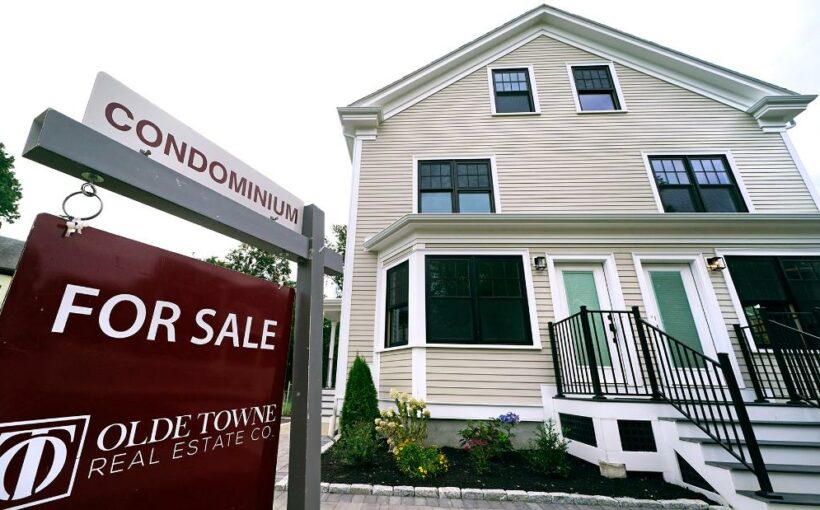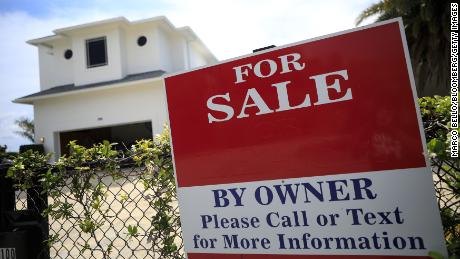After the housing market finally started cooling off a bit over the summer, sales rebounded in September.
The tight inventory of homes, which had been improving earlier in the year, worsened again in September and prices continued to climb, according to a report from the National Association of Realtors.
September saw a 7% monthly increase in sales of existing homes, which include single-family homes, townhomes, condominiums and co-ops. But sales were down 2.3% from a year ago when there was an atypical surge in home sales because of the pandemic.
The median sale price for an existing home was up 13.3% from last year, to $352,800, marking 115 straight months — or nine and a half years — of year-over-year price increases.
“Some improvement in supply during prior months helped nudge up sales in September,” said Lawrence Yun, NAR’s chief economist. “Housing demand remains strong as buyers likely want to secure a home before mortgage rates increase even further next year.”
The number of homes available to buy at the end of September was down 0.8% from August and fell 13% from a year ago. Inventory is at a 2.4 month supply at the current sales pace. A balanced market is about a six-month supply of homes.
Yun said that more inventory is expected to make its way onto the market next year.
“As mortgage forbearance programs end, and as homebuilders ramp up production — despite the supply-chain material issues — we are likely to see more homes on the market as soon as 2022,” said Yun.
Depressed inventory levels continue to constrain the market, said Mike Fratantoni, chief economist and senior vice president at the Mortgage Bankers Association. But he added that MBA still predicts existing sales will be at an annualized pace of 6.07 million this year, which is 7% ahead of 2020.
“The gain in existing home sales in September reflects contracts signed earlier in the summer,” he said. “MBA’s purchase application data showed an 8% gain in September, which is evidence of growing demand for buying a home and supports further sales increases in the months ahead.”
The market remained swift in September, with properties typically staying on the market for 17 days, according to the NAR report. That’s the same as August and down from 21 days a year ago.
Rising prices and low inventory continue to hurt first time buyers, as interest rates creep up. The share of purchases by first-time buyers shrank again in September, falling to 28% from 31% last year.
“First-time buyers are hit particularly hard by the historically high home prices as they largely do not have the savings required to buy a home or equity to offset such a purchase,” said Yun.
Source: Read Full Article



